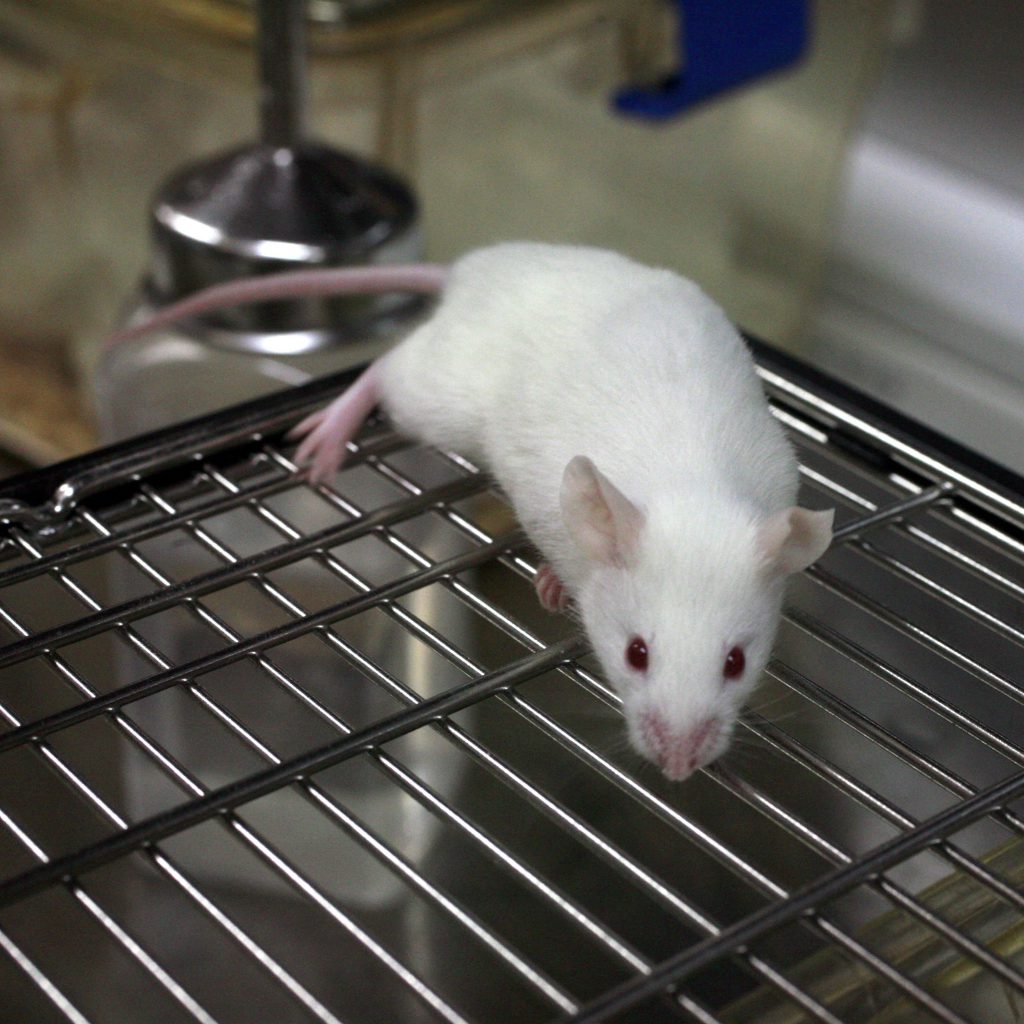An enzyme involved in regulating the amount of nitrogen in the cell could be a new drug target for pancreatic cancer, according to researchers from Boston Children’s Hospital and the Broad Institute of MIT and Harvard. The results of the study – which were published in the journal, Nature Communications – suggest that suppressing the enzyme arginase 2 (ARG2) could slow malignant growth of pancreatic tumors, particularly in obese patients.
As the incidence of obesity continues to rise, so too does the number of pancreatic cancer diagnoses each year, making it one of the top three leading causes of cancer death. As one of the most aggressive and difficult to treat types of the disease, pancreatic cancer has a five-year survival rate of 8 to 9 percent.
In their study, the researchers introduced patient-derived pancreatic tumor xenografts into both lean and obese mice. After analyzing the gene expression profile of the cancer cells and the metabolic products of those genes, the study team found that many genes involved in nitrogen metabolism were overexpressed in the obese mice.
Nitrogen is a byproduct of protein catabolism, often found in the form of ammonia released from broken-down amino acids. Few studies have explored the effects of cellular nitrogen accumulation on tumor growth and development.
“We found that highly malignant pancreatic tumors are very dependent on the nitrogen metabolism pathway,” said senior study author Dr. Nada Kalaany, Associate in Medicine, Medicine/Endocrinology, Boston Children’s Hospital.
Specifically, the pancreatic tumors in obese mice were found to overproduce the ARG2 enzyme, resulting in increased nitrogen disposal. This enzyme breaks down accumulated ammonia which is produced through the urea cycle.
In addition to their studies in mice, Kalaany and her colleagues analyzed protein expression levels in pancreatic tumor samples collected from 92 patients. The level of ARG2 in the cell samples was positively correlated with patients’ body mass index (BMI), indicating that weight could play an important role in the development of pancreatic cancer.
By silencing ARG2 in pancreatic tumors in obese mice, the researchers noted an increased level of nitrogen-rich ammonia in the cells, as was expected. They also noted that the growth of the tumor was “strongly suppressed” through the inhibition of ARG2.
“Pancreatic tumors are known to take up and break down large amounts of protein to fuel their growth,” said Kalaany. “They need ARG2 to get rid of the extra nitrogen and prevent ammonia from accumulating.”
Kalaany and her team also found similar metabolic results in the lean mouse models, however the pancreatic tumors did not grow as aggressively as they did in the obese animals. Kalaany explained that their results suggest the discovery of a “therapeutic window”, and her team plans to screen chemical libraries in an attempt to find ARG2-inhibiting drug candidates.
“Pancreatic cancer is notoriously resistant to conventional treatment options,” said Julie Fleshman, president and CEO at the Pancreatic Cancer Action Network. “The discovery of novel drug targets like ARG2 could have a significant impact on patient outcomes and move us closer to our goal to double pancreatic cancer survival by 2020.”












Join or login to leave a comment
JOIN LOGIN